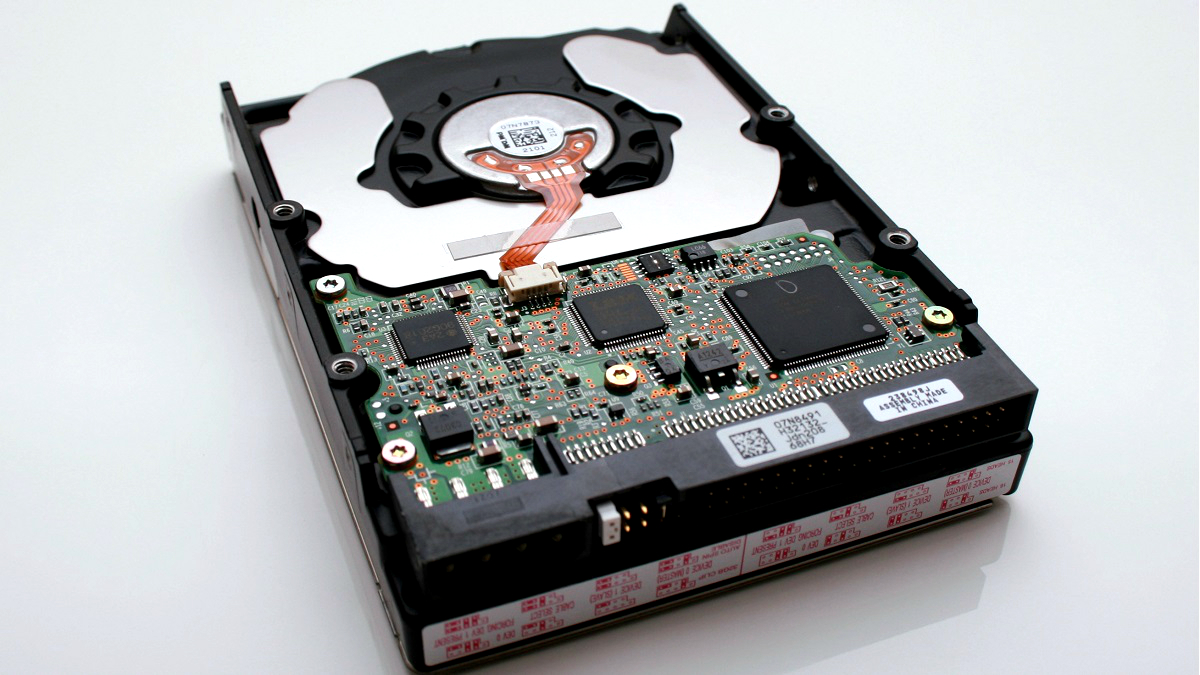The Ultimate Guide to Recovering Data from Physically Damaged Hard Drives Effectively
Recovering data from physically damaged hard drives can be a challenging task, but with the right approach, it is possible to retrieve valuable information. The first step is to assess the extent of the physical damage. If the hard drive has been dropped, exposed to water, or suffered from a mechanical failure, it is crucial to handle it with care. Avoid turning on the drive, as this could cause further damage. Instead, create a clean, static-free environment to work in, such as a dedicated workstation with anti-static mats. If the damage is minor and you have some technical expertise, you might attempt basic recovery techniques. For example, if the drive is making unusual noises but still spins, you can try connecting it to a different computer using a USB-to-SATA adapter. Sometimes, the problem might be related to a loose connection or faulty cables. If the drive is detected but not accessible, using data recovery software might help. Tools like Recuva, Ease US Data Recovery Wizard, or Disk Drill can scan the drive and attempt to recover files. However, these methods are only suitable for certain types of damage and may not work for severe issues.

For more severe physical damage, such as a head crash or platter damage, professional data recovery services are often necessary. These services use specialized equipment and cleanroom environments to open the hard drive and access the platters. They can repair or replace damaged components and extract data using advanced techniques. It is essential to choose a reputable data recovery company with a proven track record, as improper handling or incorrect techniques could result in permanent data loss. Look for companies that offer a no-data-no-fee policy, ensuring that you only pay if the data is successfully recovered. Before sending your hard drive to a recovery service, make sure to back up any recovered data immediately to prevent future loss. Also, consider the cost of recovery services, which can be quite high, especially for complex cases.
Weigh this against the value of the data you need to retrieve. In some situations, it might be more cost-effective to recover the most critical files and replace the drive rather than attempting to recover everything. Preventing future damage is crucial. Regularly back up your data to multiple locations, such as external drives and cloud storage. Implementing proper storage practices, like using surge protectors and avoiding physical impacts, can also help extend the lifespan of your hard drives. In summary, How to Recover Data from physically damaged hard drives requires a careful and methodical approach. Assess the damage, attempt basic recovery techniques if appropriate, and seek professional help for severe cases. Always ensure data is backed up and handled with care to avoid future issues.